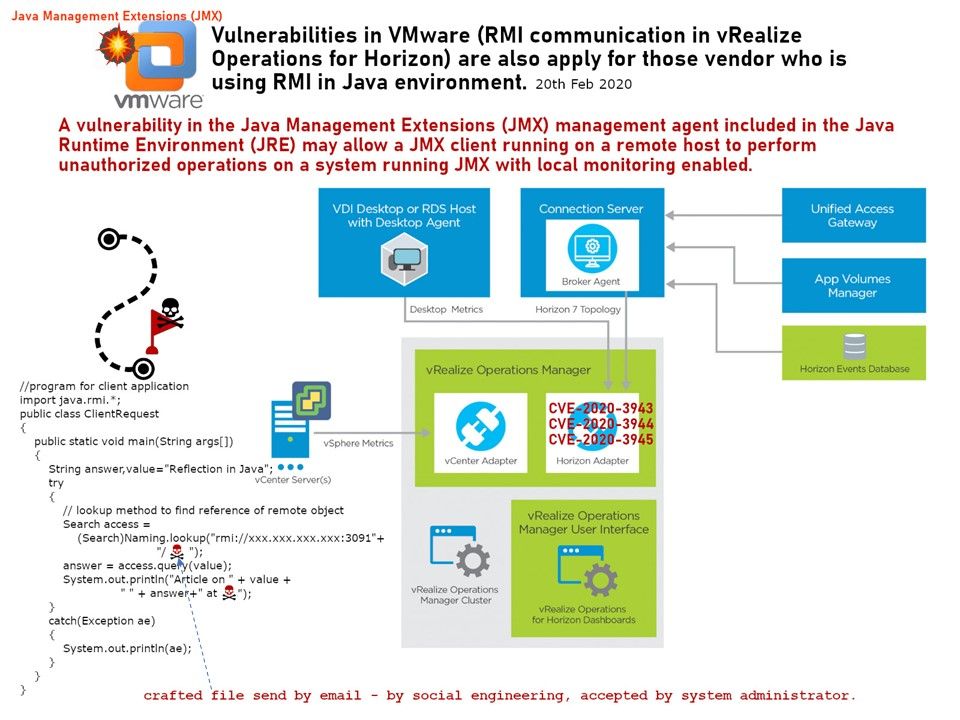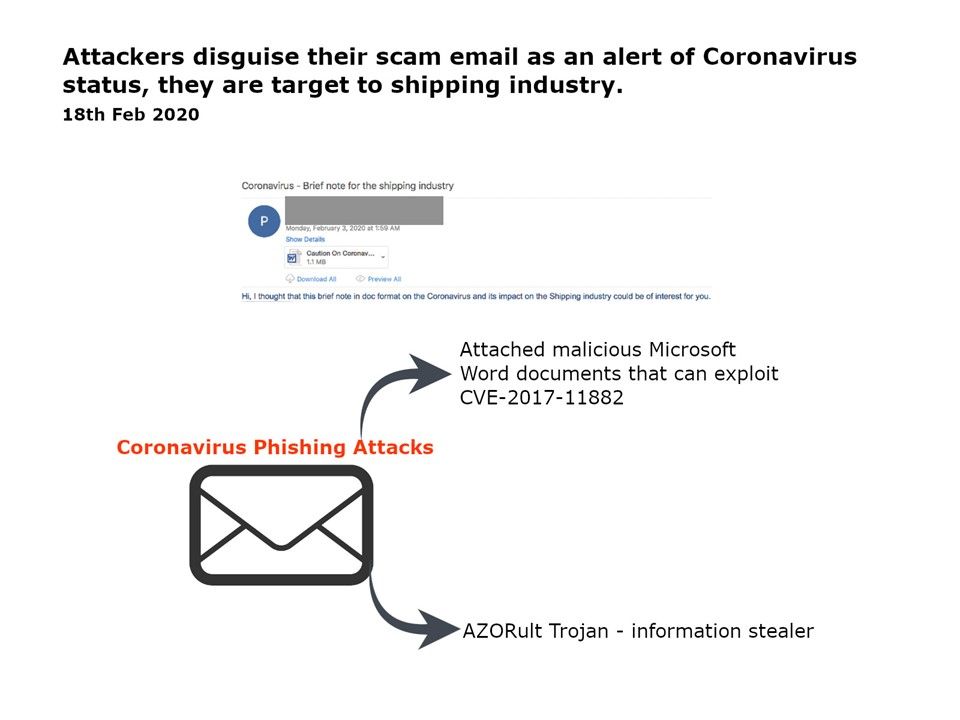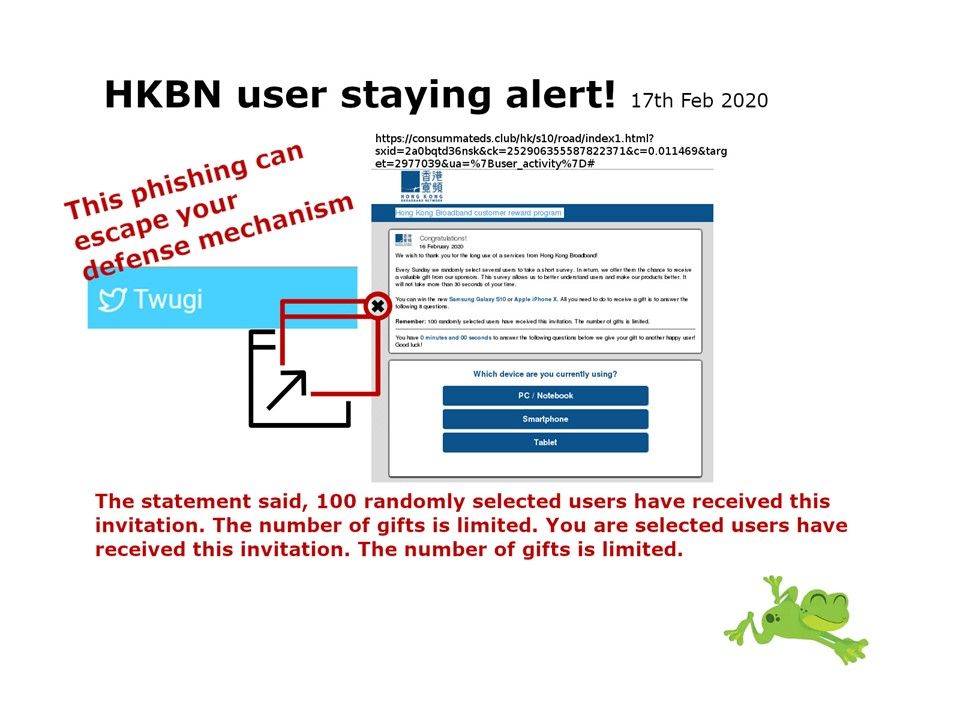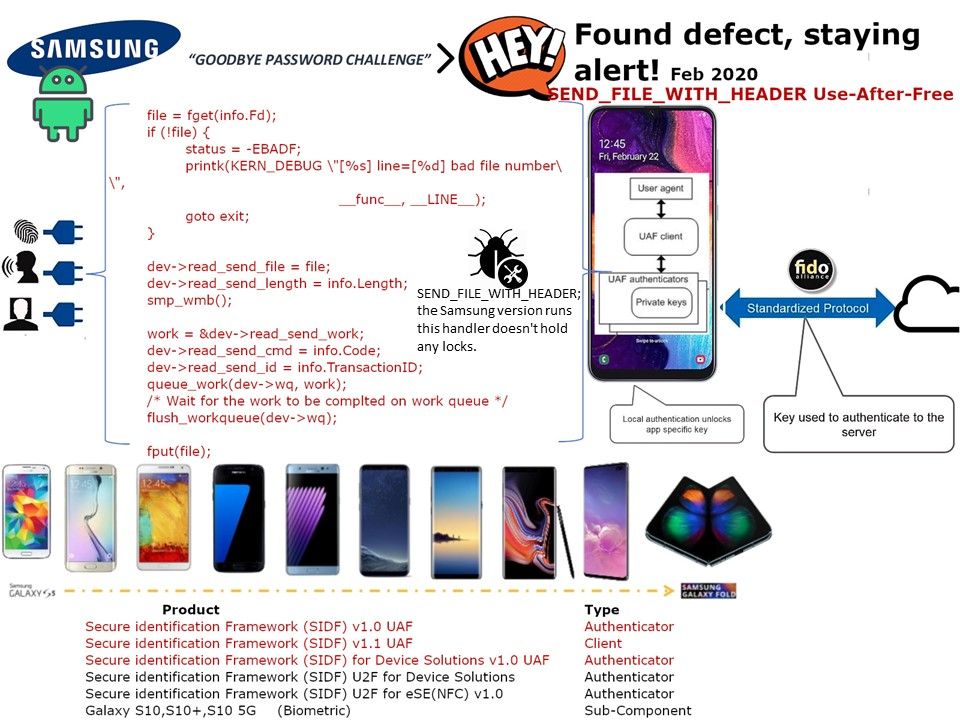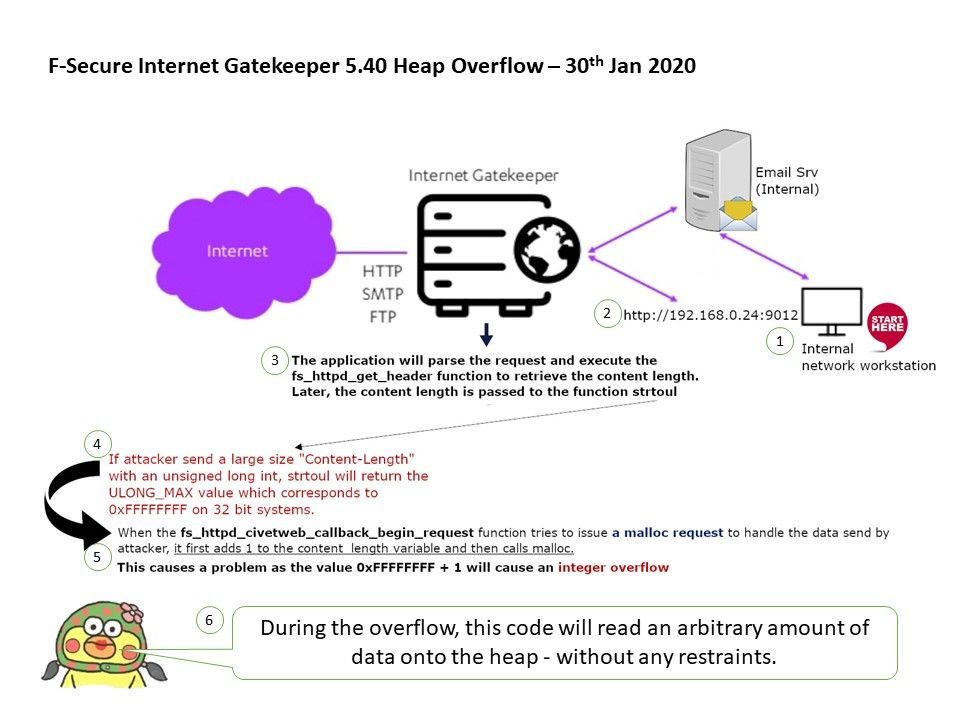
Wyden and Khanna proposed amending the Espionage Act of 1917 to protect journalists, whistleblowers, and security researchers who discover and disclose classified government information. (see below url) https://www.wyden.senate.gov/news/press-releases/wyden-and-khanna-introduce-bill-to-protect-whistleblowers-ensure-journalists-arent-targeted-for-publishing-classified-information-
If you are also interested of cyber security information developing state. Perhaps you will seen the cyber security protection will be transform to preventive instead of defensive. But who can imagine that the computer technology will be transform a weapon style of attack. In our world there is no absolute correct state . If the hostile state doing aggressive activities. Therefore the adjacent side will doing the defense. Conducting the spy in digital technology relies on malware. It conduct the Infiltration . So it is not limit to computer backdoor, email phishing and advanced espionage technologies will be used. But sometimes, it will have contradition. Furthermore it can become a political fight tool.
Meanwhile, we can only give a salute to the Whistleblowers.
“It was the best of times, it was the worst of times, it was the age of wisdom, it was the age of foolishness,..
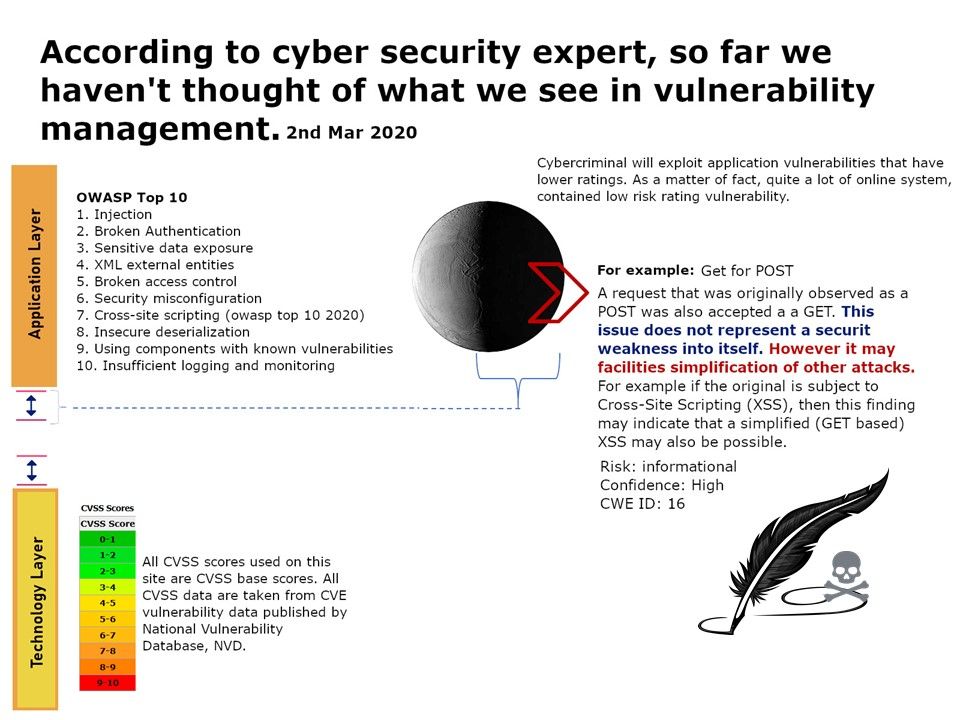
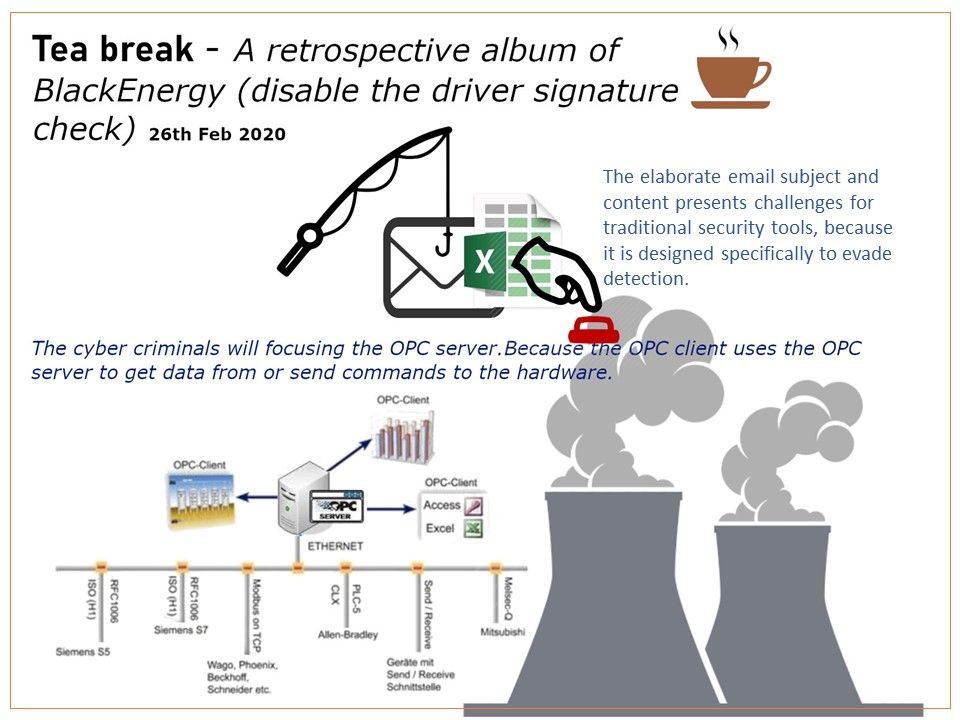
.jpg)
